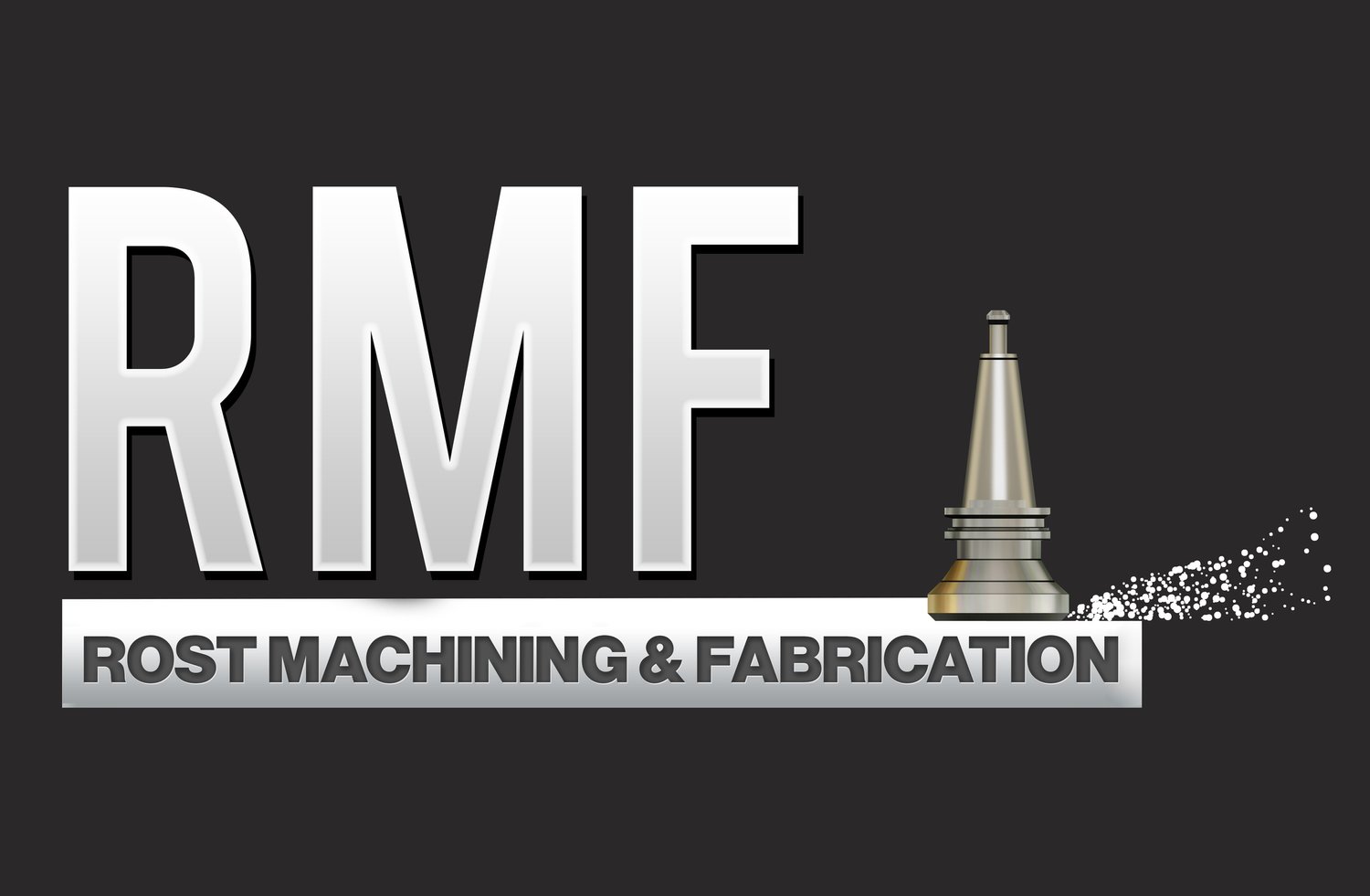Types of Metal Fabrication Techniques - Part One
Whether you are in the automotive, robotics, or aerospace industries, it pays to work with a reliable metal fabrication company. A tried and tested fabrication company will know its way around cutting, folding and manipulating metal into the products you need for your operations. However, that is only half of the equation. Aside from ensuring that you find a fabrication company you can trust, it is paramount that you have ample knowledge of the different metal fabrication processes. This way, you will easily be able to identify and describe the exact products that you expect from the fabrication company.
If you are new to your specific field and aren’t yet familiar with these different processes, read on! This article will be the first installment in a two-part blog post that will single out each of the common fabrication methods. After reading both articles, we hope that you will have an easier time deciding which process will work most effectively for each product you need made.
Types of Metal Fabrication Techniques - Part One
There are numerous steel fabrication processes available in today’s market. The following methods are just some that are commonly used in the industry. Read on to find out how each of them is used in practical application.
Welding
Welding is a process that consists of joining metal pieces to each other by means of an electric arc or flame. It also serves to fill out the joints with molten metal, optimizing the structure’s strength, durability, and performance. There are various types of welding processes. This includes brazing, cladding, fillet welding, induction welding, pulse welding, resistance welding, seam welding, spot welding, and ultrasonic welding.
Forming
Forming is an essential part of fabricating sheet metal. As the name implies, forming refers to the process of shaping metal sheet into a desired shape, making it possible to achieve an intended design. Most sheet metal products are formed by means of stamping or rolling.
Casting
Casting is a metal fabrication process wherein molten metal is poured into a castable mold. This solidifies the metal and creates a cast product. There are two types of castings: permanent castings and temporary castings.
Permanent castings are products that are solidified once they are created. These cast products can be further worked into a desired shape, making them a feasible choice for new products.
Temporary castings, on the other hand, are cast products that are created directly into a specific shape. Once they are solidified, they are no longer workable, as the product’s morphology is yet to be optimized.
Riveting
Riveting is another fabricating process commonly used in the industry. In this process, a rivet is inserted into a hole, which is then closed and enlarged. This is done to secure and maximize the strength and durability of the product.
Conclusion
If you have read this far, you will already be halfway done in your crash course in common fabrication methods! Read our second installment to learn about more common metal fabrication methods you will encounter on your regular workday!
For all your machine and fabrication needs, come to Rost Machining and Fabrication (RMF)! We are the premier provider of machining, fabrication, and finishing services in the South Bay! As a small, family-run business we can put you - our customer - first and foremost, delivering personalized service that you won’t find elsewhere. For industries from Automotive to Aerospace to Robotics, whether you need milling, turning, lasing, welding, grinding, or more, RMF will deliver the results you need!
